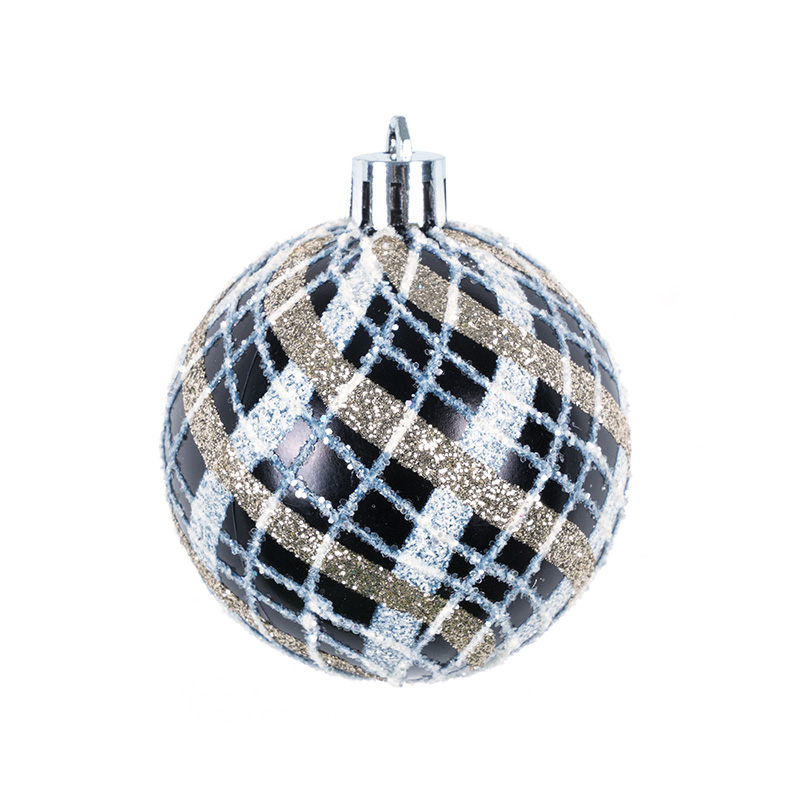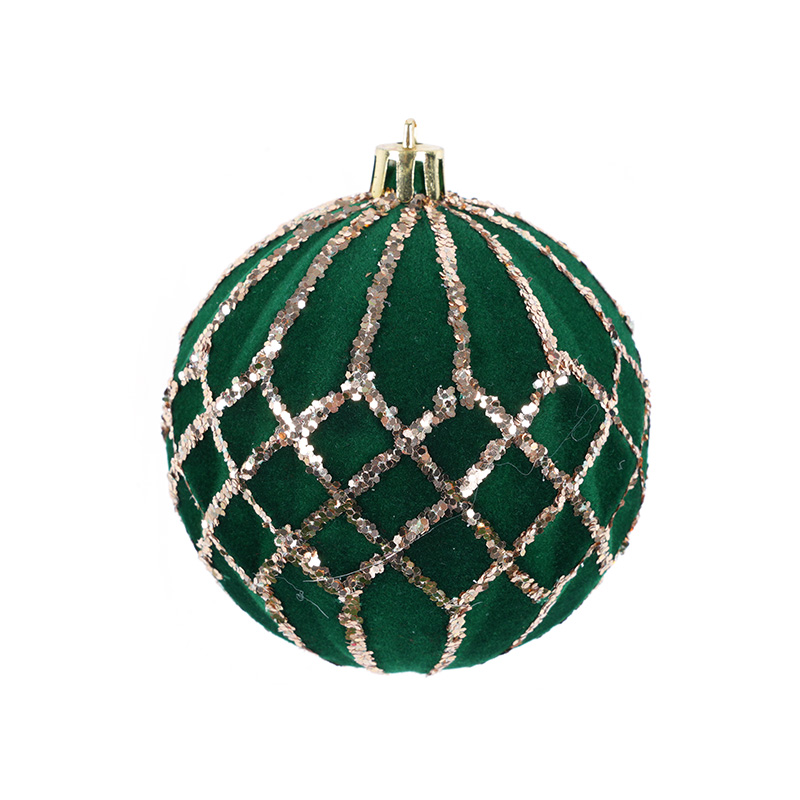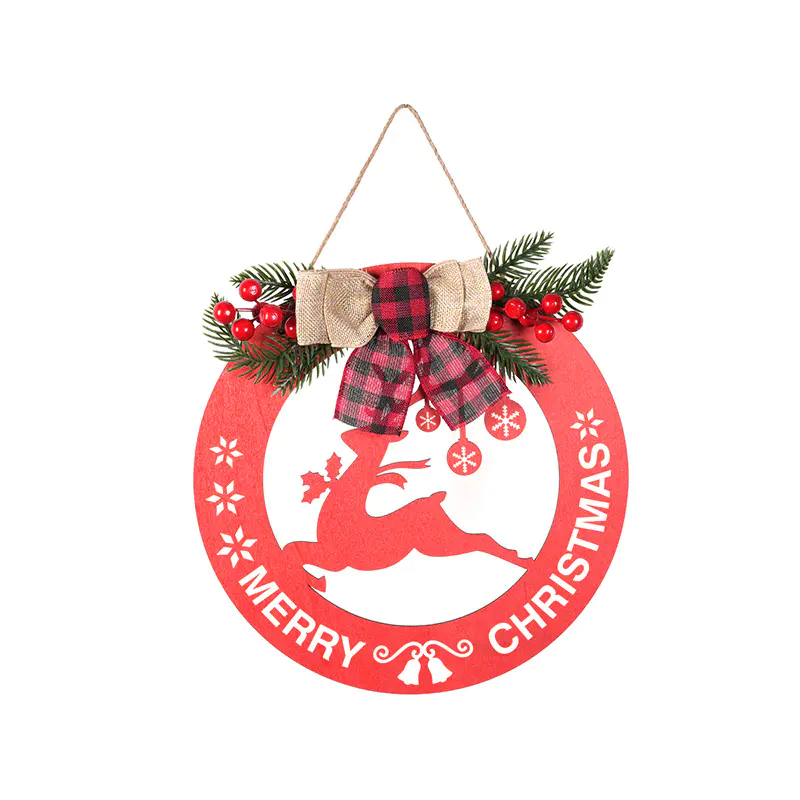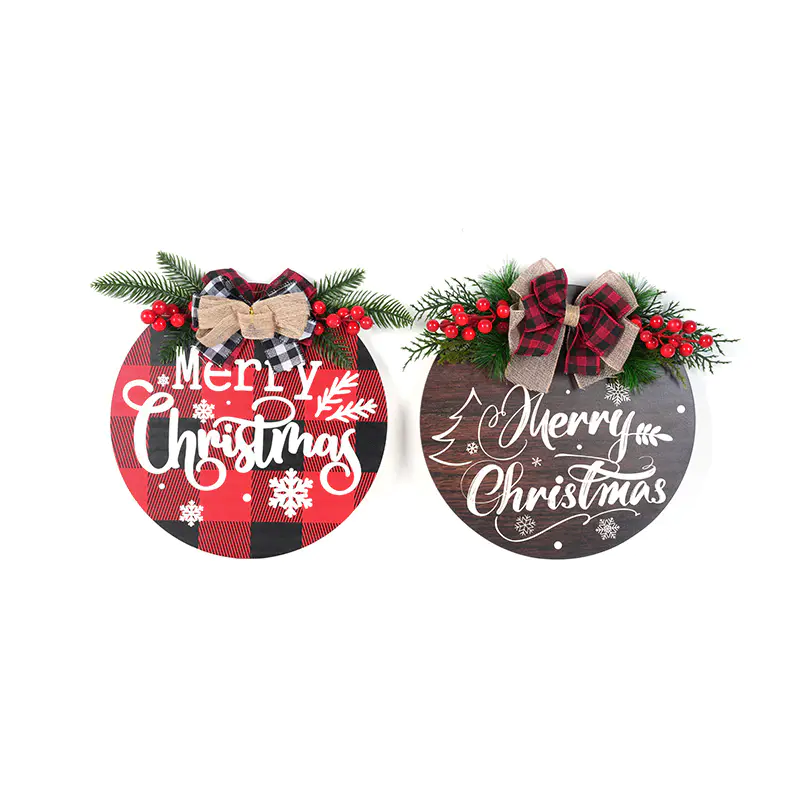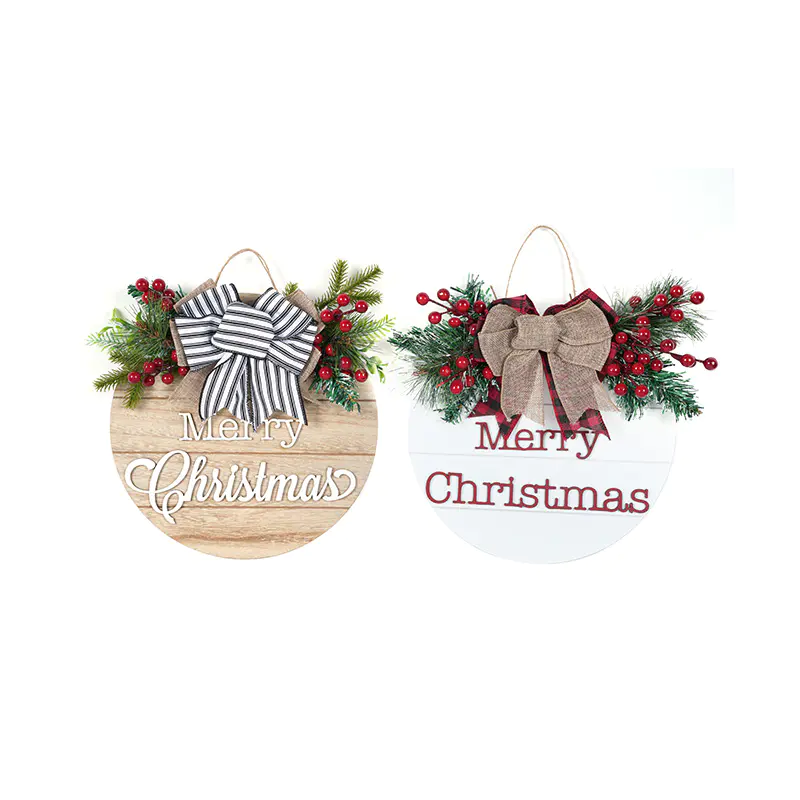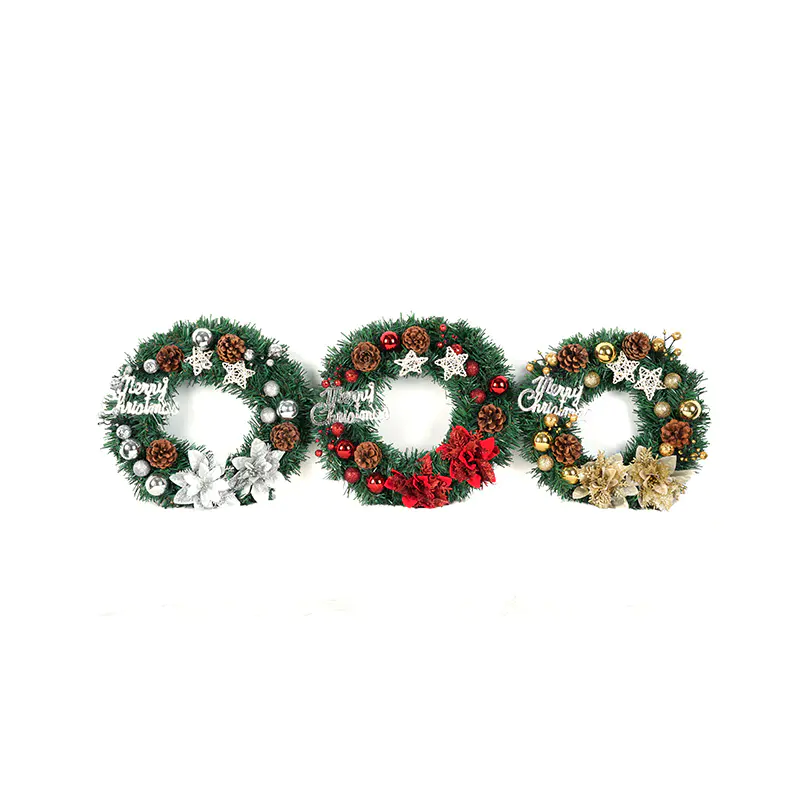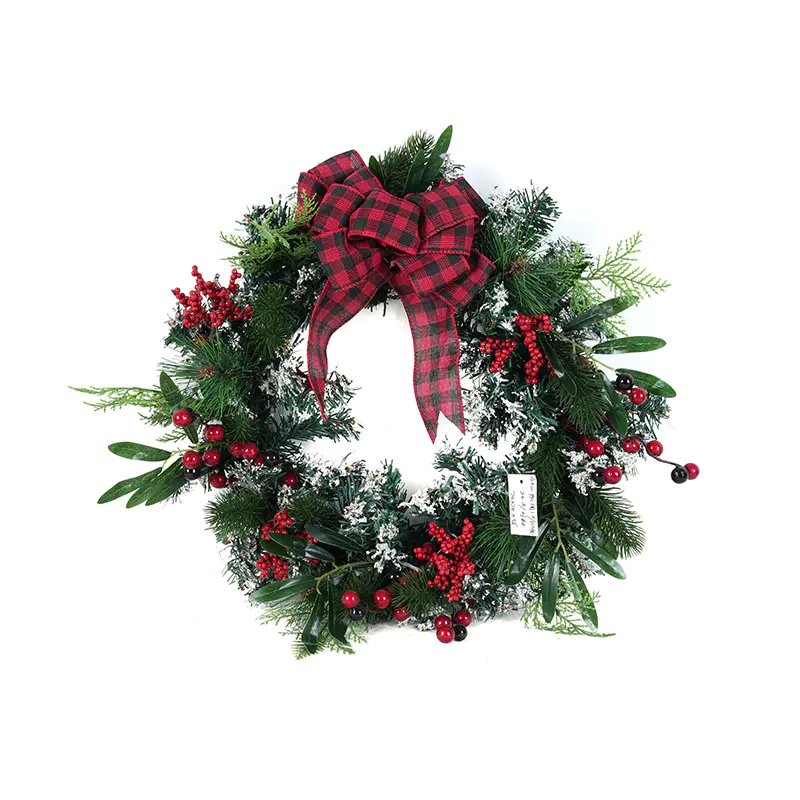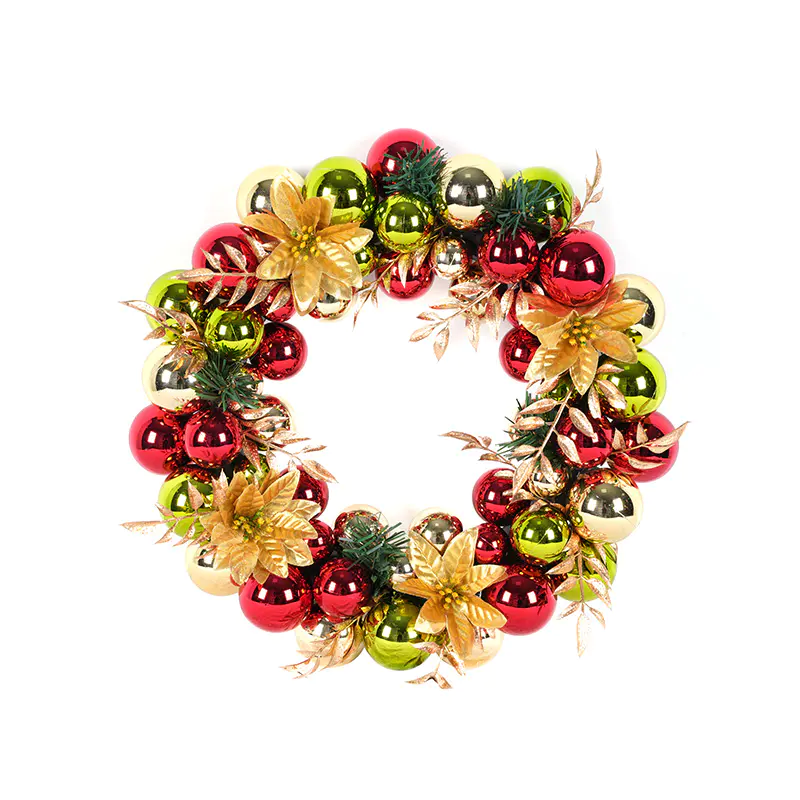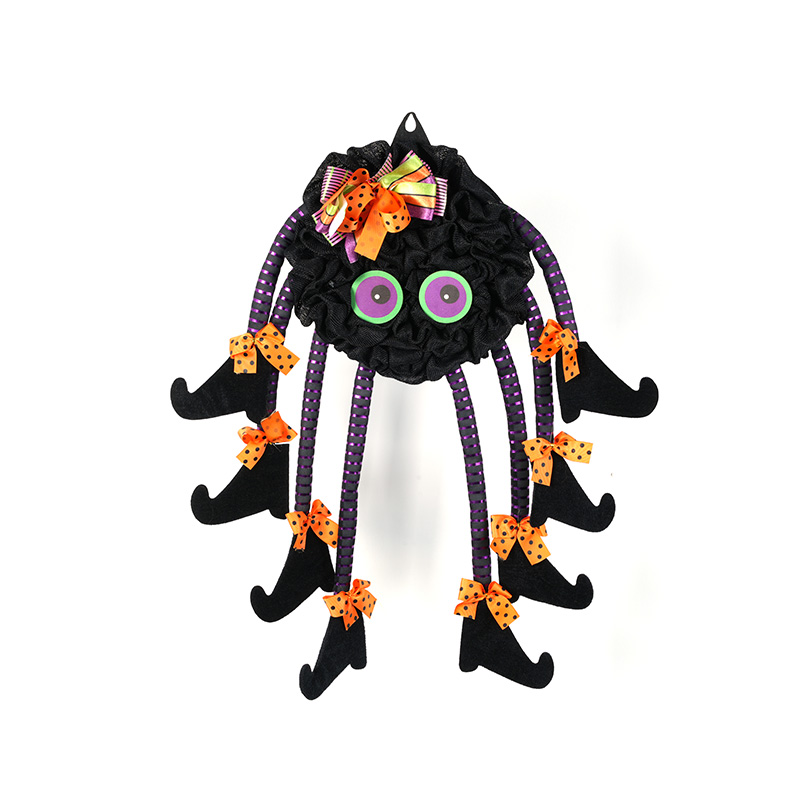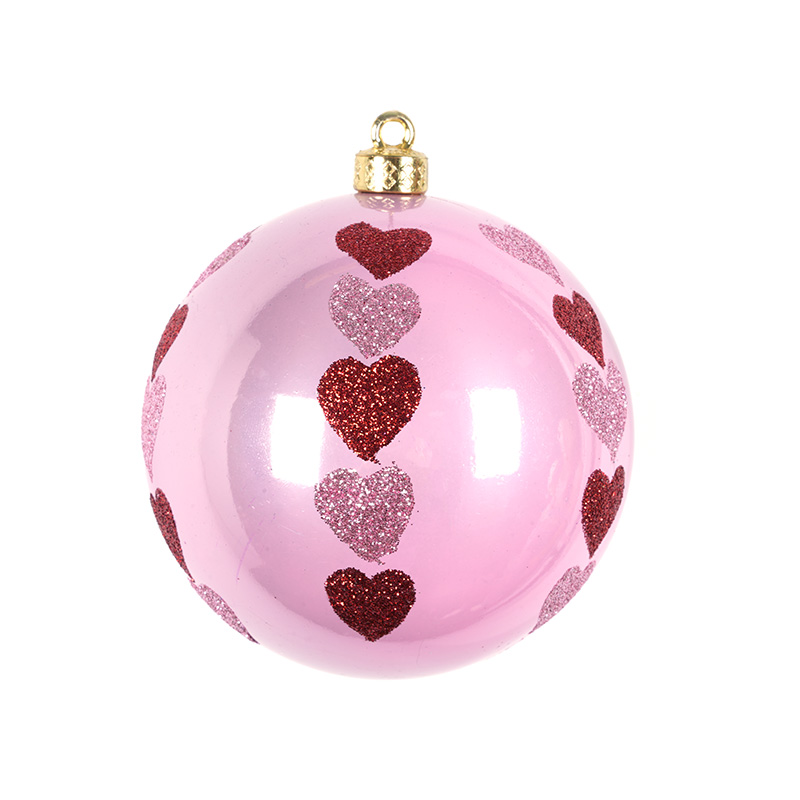
During the festive season, decorating a Christmas tree with ornaments like Holiday Christmas Balls is a cherished tradition for many households. These colorful, often glittering balls contribute to the joyful atmosphere of the holidays. However, one practical concern arises for decorators: do Holiday Christmas Balls negatively affect the branches of a Christmas tree due to their weight? Understanding how these decorations interact with tree branches helps ensure both safety and visual appeal.

Understanding Ornament Weight Categories
Holiday Christmas Balls come in a wide variety of sizes, materials, and designs. Their weight can vary significantly depending on what they are made of. For instance, plastic and foam balls are extremely lightweight and are unlikely to pose any structural stress on even the delicate artificial or real tree branches. Glass balls, while often more elegant and refined in appearance, are heavier and more fragile. If used in large quantities or oversized designs, they can weigh down lighter or thinner branches.
Heavy, hand-painted glass ornaments or metallic variants may add considerable weight when grouped. On small tabletop trees or sparsely branched artificial models, this added burden may cause visible bending or even breakage of weaker branches. Therefore, the choice of material plays a crucial role in the potential impact on the tree’s structural integrity.
Tree Type and Branch Strength
Whether the ornaments affect the tree depends not only on the decorations themselves but also on the type of tree being used. Real trees like firs, spruces, and pines generally have strong, woody branches that can support the average ornament without any issue. However, the strength varies depending on the age and freshness of the tree; older or overly dry branches may snap more easily under weight.
Artificial trees also vary greatly. Premium models often have thick, reinforced branch arms designed to hold numerous decorations, including heavier ones. Cheaper models, on the other hand, may use thin wire branches that can bend or sag when even moderately heavy ornaments are applied.
Distribution and Spacing Techniques
Another important factor is how the ornaments are distributed. Concentrating multiple large Holiday Christmas Balls on one side of the tree can create visual imbalance and physical strain. Instead, evenly spacing the decorations across the branches helps distribute the weight more effectively. Using the inner, thicker branches for heavier ornaments and the outer, delicate tips for lighter ones can maintain both structural integrity and aesthetic balance.
Additionally, using ornament hooks or hangers that clip securely around the branches instead of simple hanging strings can help provide better weight distribution and reduce stress on individual twigs.
Recommendations for Safe and Balanced Decoration
To prevent any negative impact on the branches, decorators should assess the overall size and weight of the ornaments intended for use. Lightweight plastic or foam Holiday Christmas Balls are universally safe for all types of trees and recommended especially for families with pets or small children.
For those who prefer glass or metal ornaments, using them sparingly and combining them with lighter decorations is advisable. Always test branches before hanging heavier items—gently pressing down with your finger can help gauge whether the branch can handle the load.
Conclusion
In most cases, Holiday Christmas Balls do not significantly affect tree branch weight, especially when chosen and distributed thoughtfully. Lightweight options made of plastic or foam are ideal for all types of trees, while heavier glass versions require more careful placement. By considering the type of tree, the strength of its branches, and the distribution of decorations, holiday decorators can enjoy a beautifully adorned tree without compromising its stability or safety.


